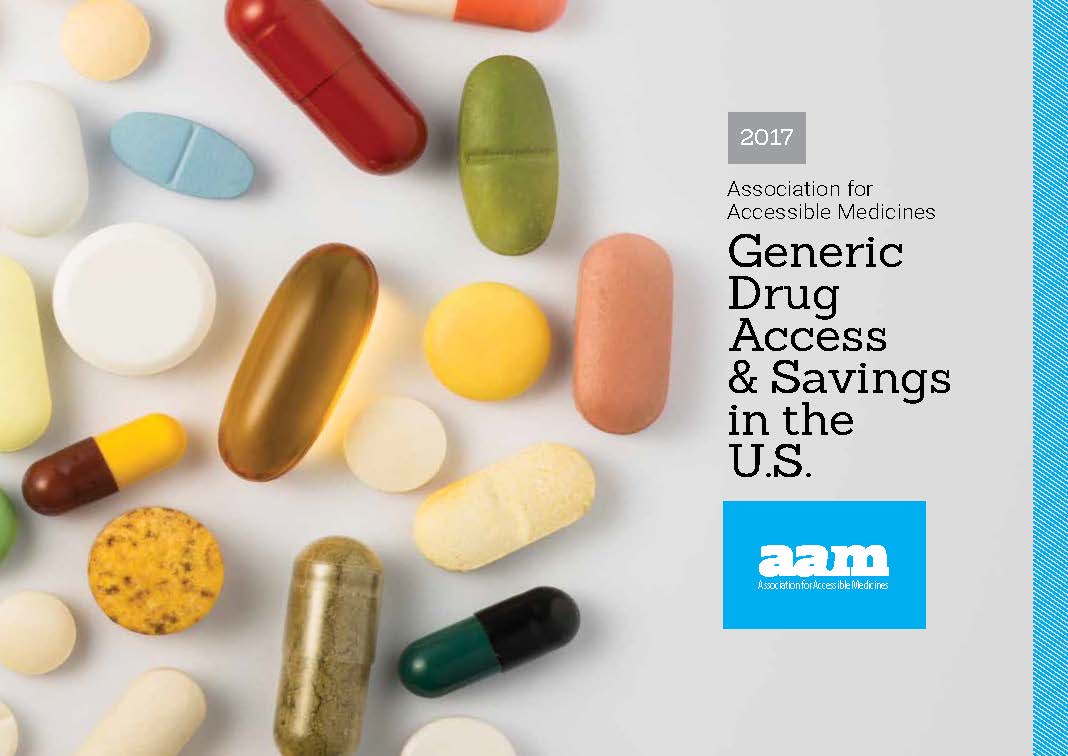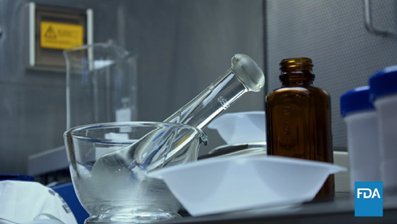For this week’s #FDA #SUNDAYTWEETORIAL, I want to talk about #biosimilars. It's a critical moment in the development of the market for these products. We'll advance major policy changes in this area soon. Enhancing biosimilar competition is a key to reducing overall drug spending
Congress charged #FDA with maintaining balance between encouraging and rewarding innovation and facilitating robust and timely competition. We must ensure that this balance exists across the spectrum of pharma products; from small molecules to more complex products to biologics
Biologics play a key role in treating many serious illnesses like cancer or genetic disorders. While they offer many therapeutic benefits, biologics often come at high expense. While <2% of US patients use biologics, they represent ~40% of total Rx spend bit.ly/2EsWDOr 

In contrast to most drugs, which are chemically synthesized and have well-characterized structures, biological products are typically complex molecules like proteins that are produced in living cells bit.ly/2lTTDQ9 

Recognizing the cost and complexity of biologics and need to enhance access for patients, Congress passed the Biologics Price Competition & Innovation Act, providing an abbreviated pathway for FDA to approve follow-on versions of biologics, aka biosimilars bit.ly/2Kj2qpf
Biosimilars are biological products that are highly similar to and have no clinically meaningful differences from an existing FDA-approved reference product bit.ly/2KL4uKo 

The BPCI Act provides a pathway for increased biologics competition to emerge, similar to the pathway created under Hatch Waxman for generic drugs, which has saved the US health care system more than $1.67 trillion in the last decade bit.ly/2ua5ugE @AccessibleMeds 

Biosimilar sponsors may leverage FDA’s finding of safety and effectiveness for the reference product to support approval of the biosimilar at a lower cost than a development program for an originator product bit.ly/2u7MtLJ 

Unlike the generic pathway for small molecules, some clinical studies may be necessary to demonstrate that a product meets the “biosimilarity” standard for approval bit.ly/2KUR3EE bit.ly/2HmGxEc 

To demonstrate that its proposed biosimilar is highly similar to the reference product, the sponsor extensively analyzes the structure and function of the reference product and its proposed biosimilar. Minor differences in clinically inactive components are acceptable 

State-of-the-art technology is used to compare characteristics of the products, such as chemical identity and bioactivity bit.ly/2t9mpQJ
An interchangeable product, in addition to being biosimilar, meets additional requirements, for example showing it is expected to produce the same clinical result as the reference product in any given patient bit.ly/2sLKJIw
If a product is approved as an interchangeable product, it may be substituted for the reference product without consulting the prescriber bit.ly/2BABbBG 

The reduced need for multiple large clinical outcomes studies as a part of biosimilar product development can significantly lower development costs. This can result in significantly lower prices for patients and payors, as is already seen in Europe hbs.me/2NuuNDa 

FDA approved 11 biosimilars, including 5 in 2017. Despite this progress I’m concerned patients aren’t seeing the full benefits of competition. We’ll continue to approve biosimilars but appropriate reimbursement and market access are needed to lower prices bit.ly/2BQwQig
We will soon unveil a comprehensive Biosimilars Action Plan (BAP) that will include policies and actions to improve the efficiency of FDA’s review of biosimilar marketing applications and increase regulatory certainty for biosimilar manufacturers and other stakeholders #BAP
#BAP will include elements like enhancing our education campaign for HCPs and patients bit.ly/2qiwU5s, reducing gaming that may delay market competition, strengthening int’l regulatory partnerships and providing clarity for product developers via guidance and meetings
Although there are barriers to marketing biosimilars outside FDA’s purview, we're committed to advancing policies to facilitate efficient development, approval of biosimilars to reduce costs, enhance access, without reducing incentives to innovate. #BAP will advance these goals
I'm looking forward to speaking at @BrookingsInst event on July 18th to discuss #BAP and our new efforts to cultivate a vibrant U.S. market for biosimilars and other efforts to enhance competition and reduce drug costs brook.gs/2KWhEAW
• • •
Missing some Tweet in this thread? You can try to
force a refresh
















